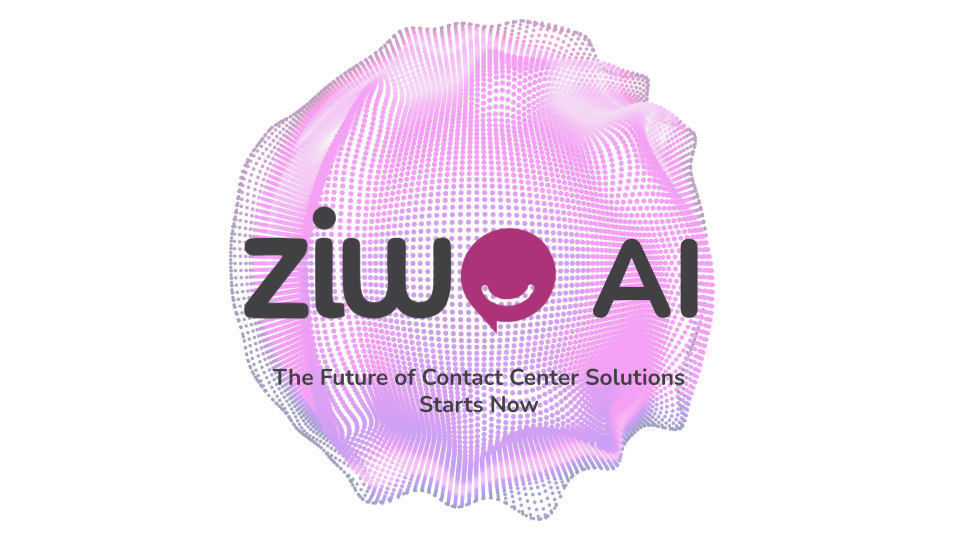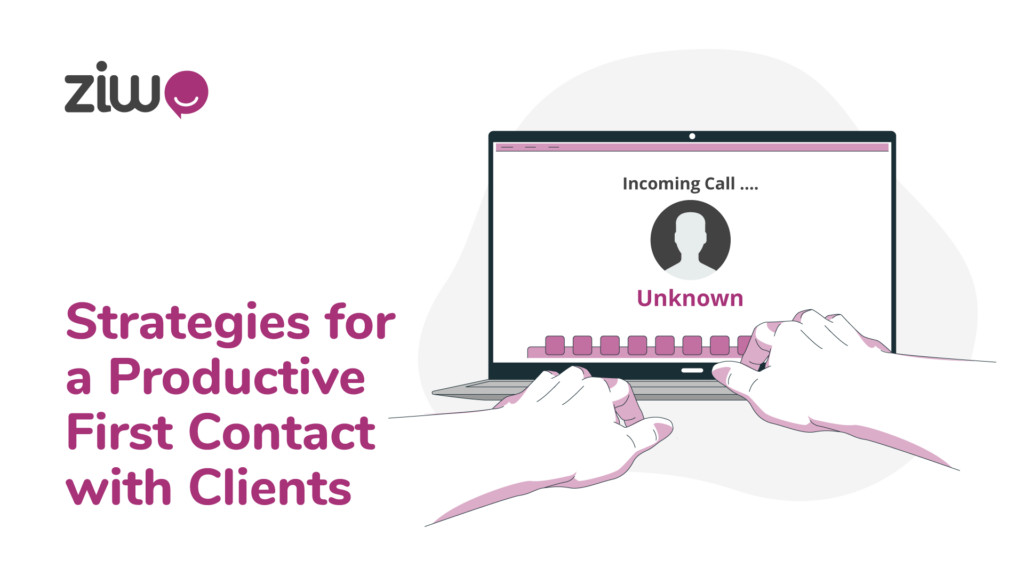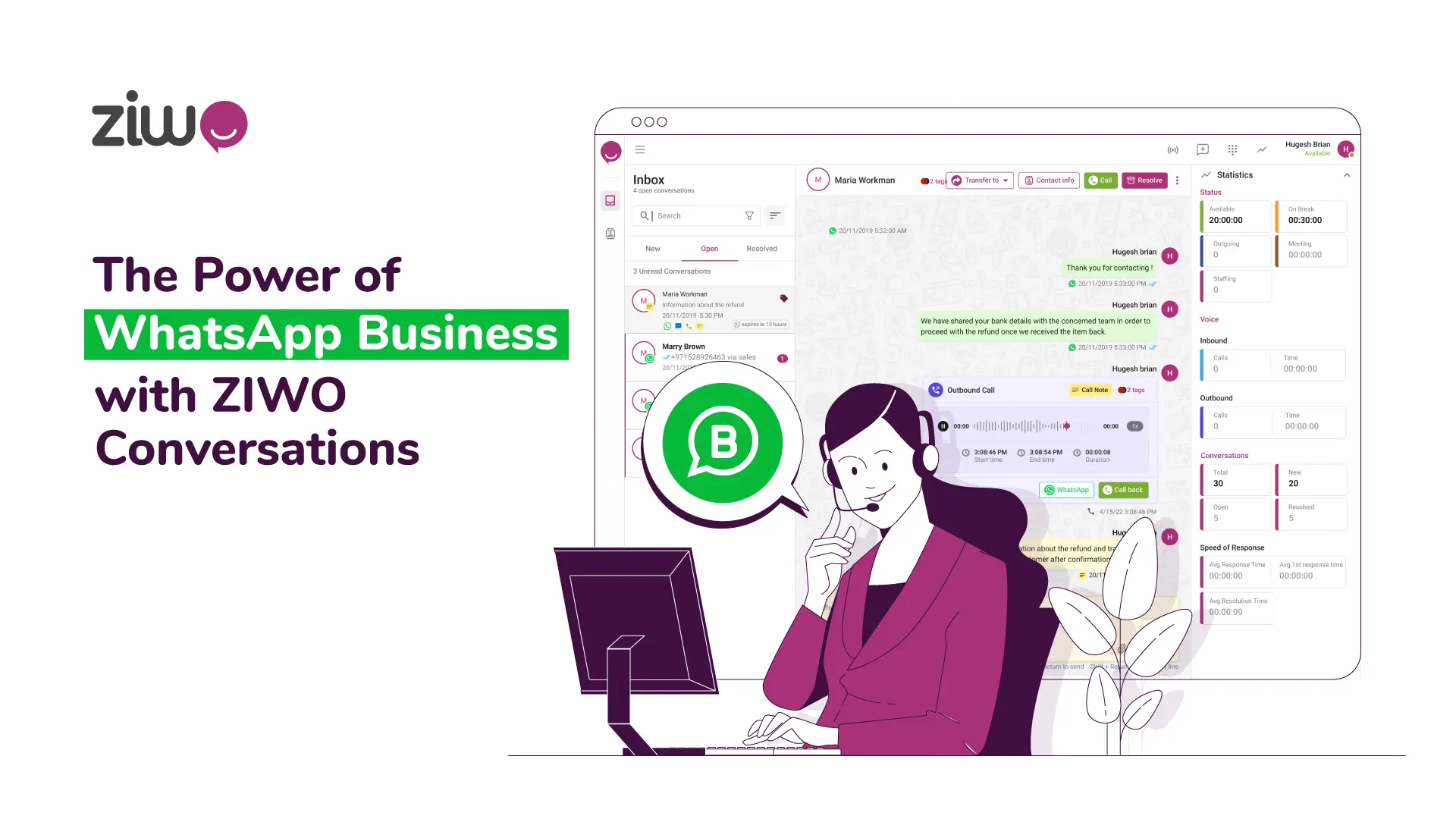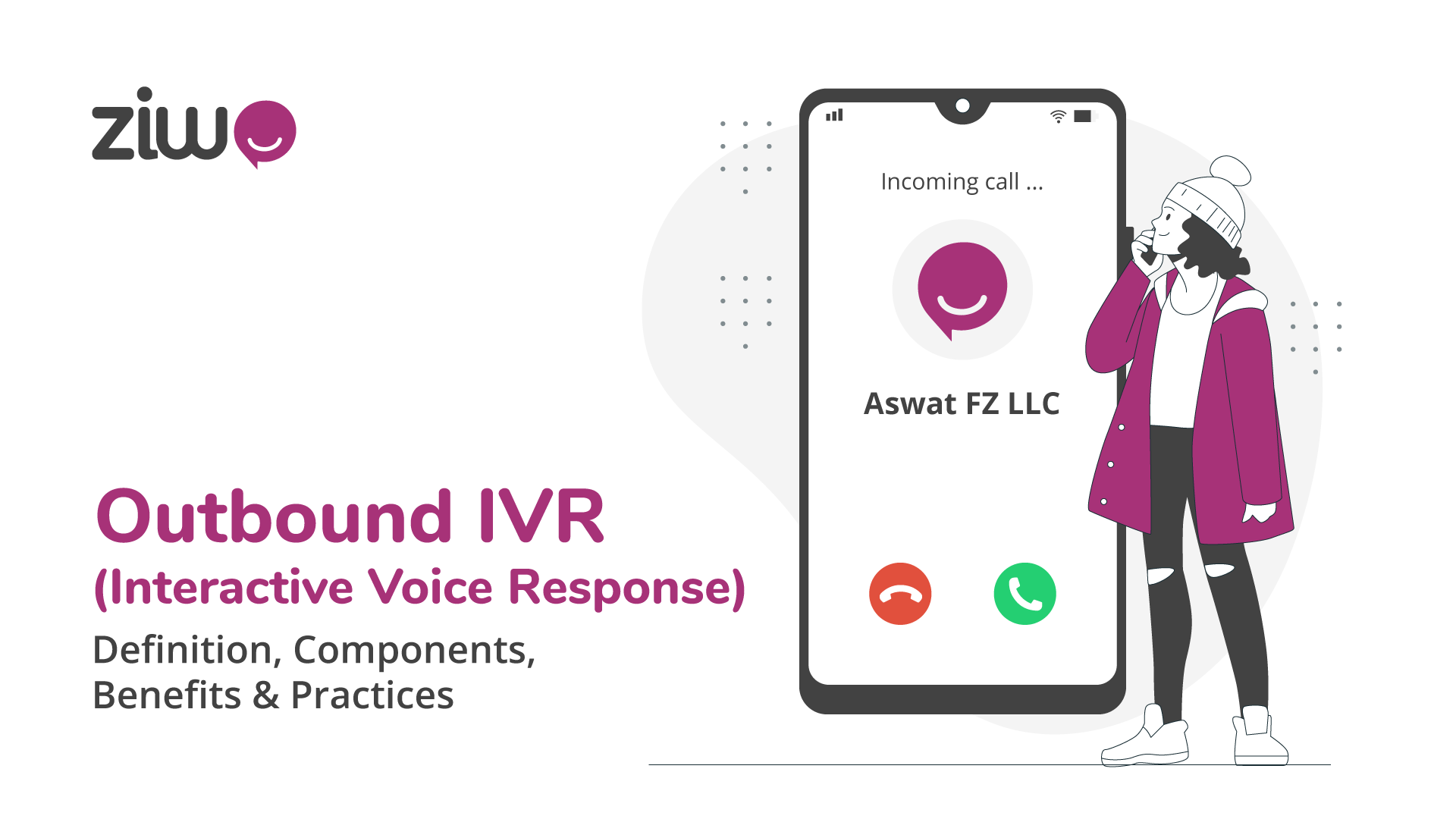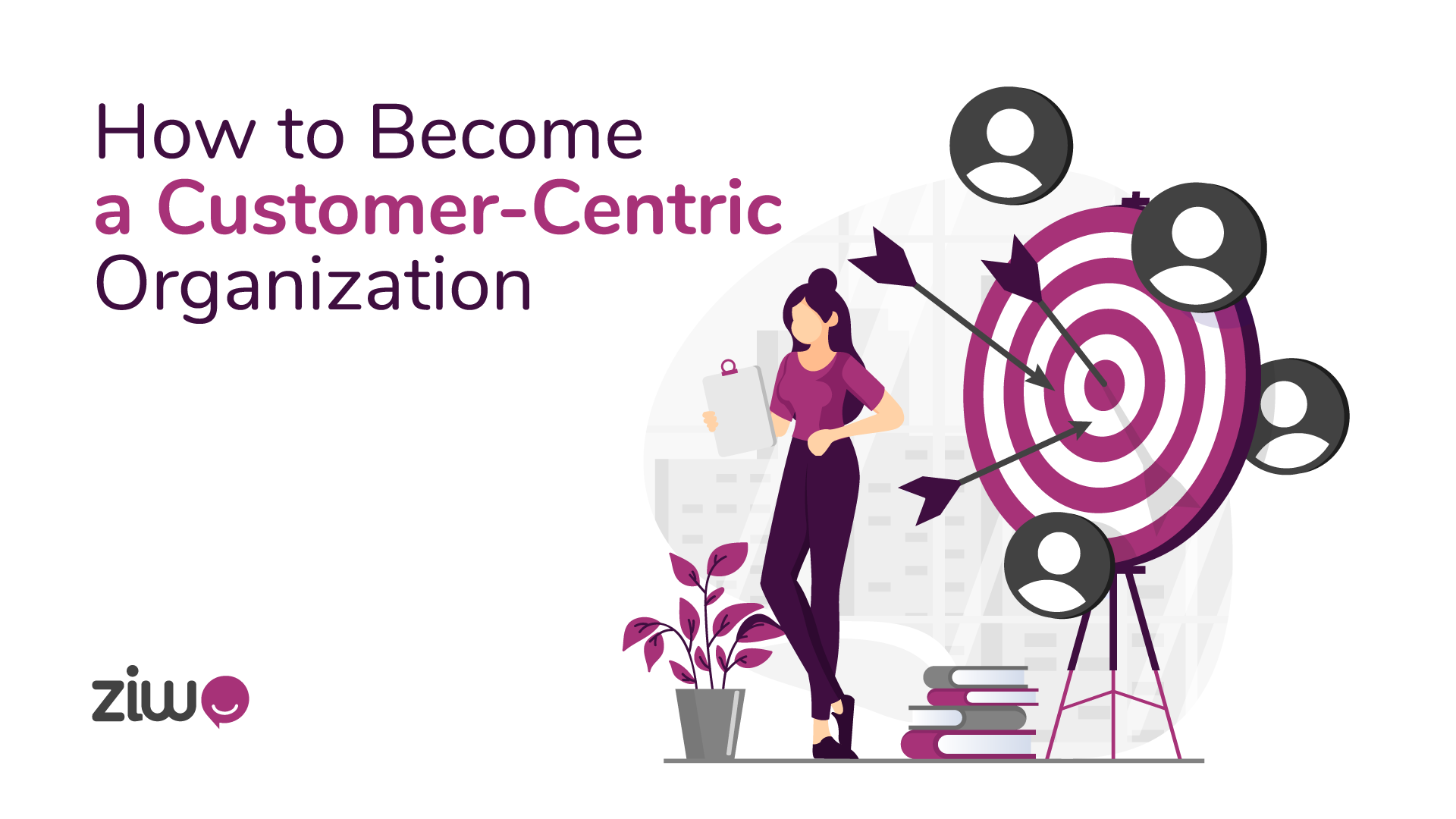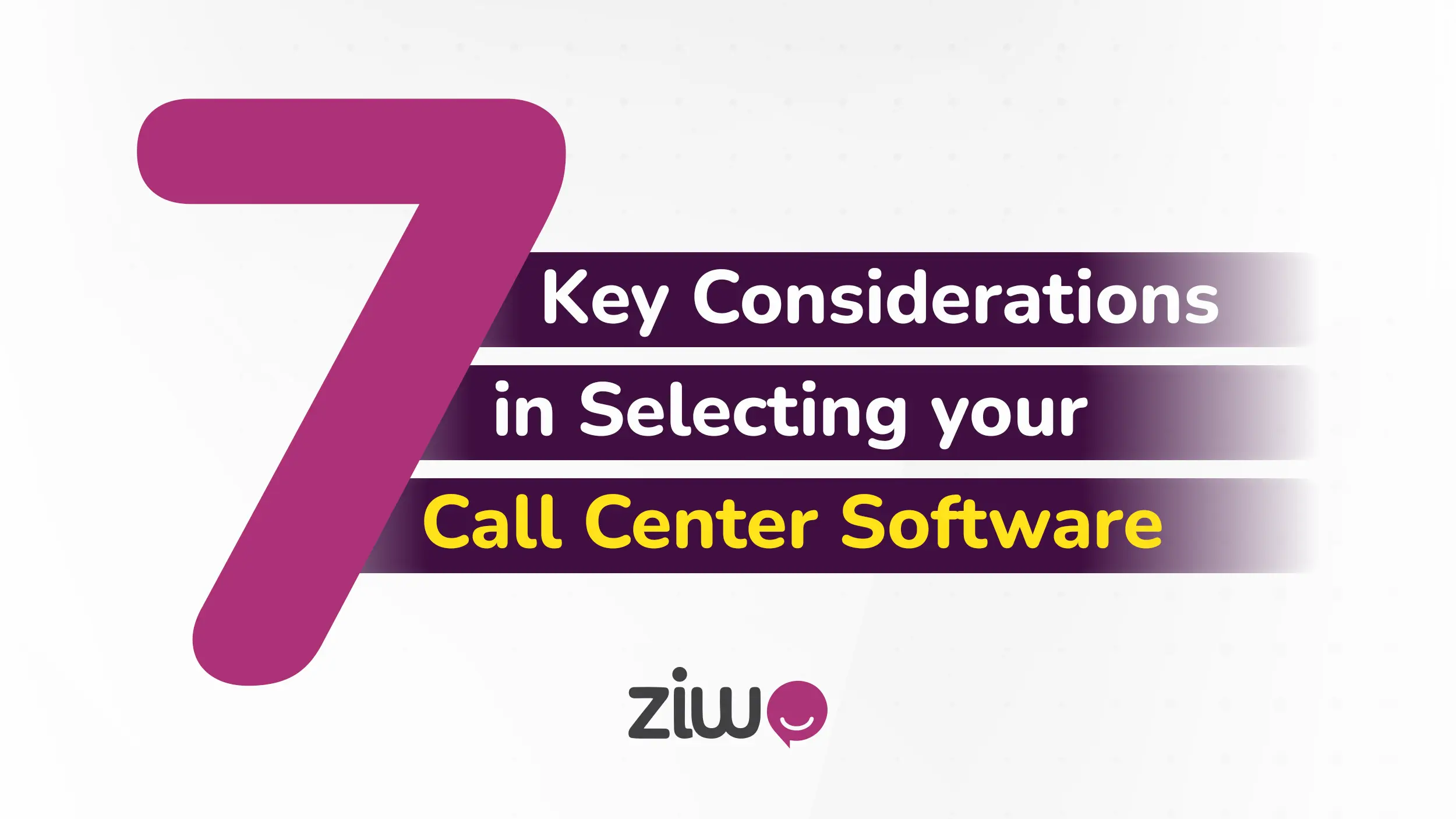
7 Key Considerations in Selecting Call Center Software
Feeling overwhelmed by the number of calls you miss daily? No more worries!
The decision to choose call center software1 that supports your business is a step towards relief and a more efficient operation.
If you’re asking: “What are the key considerations in selecting call center software?” you’ll find the answer in this article.
Here, we discuss the topic from all perspectives to make this decision a positive one for your business, not a burden.
Should you choose a cloud call center solution or on-premise?
What is the most critical factor that you should consider?
Is it budget? Security? Features? Or else?
To know the answer to these questions and any other question that might come to your mind, read the article till the end!
1- How to Choose a Call Center Software Regarding Needs
Is it inbound call center or outbound call center software or blended? This is your first homework assignment to find what is more suitable for your business.
Know the difference between the three types and determine the best features for your business needs and use cases.
However, you need the requirements for the call center to operate appropriately. In addition, you should know the elements for future expansion and scalability options.
Call Center Software Operational Needs
Any call center has three main elements; people, processes, and technology. Based on the call center operational processes, you design in advance. It includes call center management, automated workflow, etc. Each type of modern call center has its core components that should be considered in the budget:
- Operational needs in case of on-premise call center: Your headquarters should encompass the hardware equipment, including:
- Servers
- PBX Systems
- Power backup solutions
- Storage, data backup, and disaster recovery solutions
- Computers, headsets, and phones
- Operational needs in the case of a cloud call center or hosted call center: In this case, the call center's hardware is offsite, not part of the office but is managed by a third-party entity, and could be through a BPO or a B2B SaaS provider. So, the list of operational needs will be shortened for your business to include only the following:
- Computers, headsets, and phones
- Stable internet connection
Call Center Scalability and Flexibility Needs
Before considering the scalability and flexibility needs, you need to estimate the number of calls received, the expected percentage increase in the number of customers, the types of interactions that customers adopt based on their personal preferences, etc.
At some point in the future, your call center will receive more complaints as the number of customers increases, and will also need to make more calls. This means you need more channels to accept and make calls. Businesses usually choose cloud call center solutions as on-premises solutions become much more expensive2.
The features of cloud solutions make it more flexible and scalable than other options, so it is much easier to interact with your new business needs. Even if you choose an on-premise contact center solution as a first option, your scalability option is cloud!
The cloud solution also saves space, as no new hardware is installed, and agents can work from anywhere, not on a specific floor, unlike on-premises. That’s why we recommend choosing a cloud call center solution from the early beginning.
2- Call Center Software Integration Capabilities
Call center software integration becomes crucial as days pass. Managing all customer-related tasks from one interface is becoming increasingly necessary for any business, including yours.
CRM and Third-Party Software Integration
You should choose either call center software that includes some of CRM's features or software that integrates with CRM.
CRM integration allows sales agents to manage leads' relationships for deals in progress. It also helps your customer service agents operate every ticket issued as a customer complaint.
So, determine the features you need in a CRM to choose the perfect CRM while selecting your contact center software. Or choose software that has both functions.
The CRM is the best companion during every call. The customer's history with the business, including activities, interests, past purchases (if available), etc., is stored in the software database so the agent can deal with the customer properly. This makes third-party integration of call center software no longer a luxury3.
API Accessibility and Customization
Whenever a customer calls your call center or one of your agents, all customer-related data automatically appears on the display. This only happens when the API (Application Program Interface) is integrated with your call center.
The call center software API accessibility supports the agents throughout the different processes and assignments. Through API, it’s easy to develop an automated workflow that transfers tasks from one software to another.
For example, your marketing team scheduled advertising materials to be emailed to a list that includes all potential customers. The system then notifies the agents that new leads have booked a call appointment. The lead receives a message reminding him of the appointment. Also, the call date and time are saved on the assigned agent’s calendar.
After the call, based on the status of the agent records on the system, the workflow will take suitable actions based on the preset plan.
3- Call Center Software Reliability and Uptime
Reliability is one of the main concepts you should consider when selecting call center software. The software can perform every task sent without failure; this critical quality saves a lot of time your agents are always in need of, so they can complete their tasks as soon as possible.
On the other hand, the call center software’s uptime is nearly 99.99%, which is a blessing for customers, not agents only. This allows the customer to communicate seamlessly with the call center regardless of the traffic volume and number of calls received simultaneously, so they don’t need to call the center again.
4- Security and Compliance Standards of Call Center Software
To avoid sudden disconnection, you should ensure that the call center software provider manages its operations in compliance with local regulations. Some call center software solutions might not be locally legal in some jurisdictions but legal according to other countries.
Call center software compliance depends on the codes and regulations the state enacts to protect the customer’s data and his right to privacy. It is preferred that the software is GDPR compliant.
You should know the methods that the provider uses to encrypt the data. Are the methods applied SSL, TLS, and SSH? What guarantees that commands are securely sent to a device?
You also have to check the call center software security and its effectiveness to guarantee that any sensitive information has no leakage possibilities or exposure to any form of hacking, where an unauthorized person can access the data without permission.
Many international organizations, like ISO; international standard organization, issued a security-related certificate, including ISO 27001:2022, to qualify software and B2B SaaS providers as security compliant. So, you must check this point with your provider.
5- User Experience and Interface Design in Call Center Software
You should use the software yourself to determine the extent to which the call center software customization quality is available. Create a scenario for each expected case and measure the degree of personalization. You should also try the agent's experience with the software; that’s one way to determine if the call center software user experience is friendly enough. The other way is to see how the software interface design helps the user achieve more in less time.
An excellent call center software user interface design should have the following qualities:
- The interface design interacts with the needs of both beginners and advanced users.
- A dynamic and flexible interface allows users to perform the activities using laptops, desktops, tablets, and smartphones.
- The user can do all the activities from the same window.
- It provides help and support anytime the user needs it.
- It supports workflow automation and facilitates doing routine tasks.
- The interface should help users easily recognize operations performed and available functions.
- An interface should support the user in planning his daily activities and do it within the expected time frame.
6- Evaluating Customer Support and Service
The call center software provider should provide 24/7 technical support, so whenever your business faces an issue, the incoming calls are nearly not affected by the problem. Also, the B2B SaaS provider offers the knowledge base that supports the user’s journey distributed over a step-by-step manuals, blogs, FAQs, etc.
Also, one of the customer support goals is to let you resolve the problem in the fastest way. This makes the provider support the user with self services options which allows you to solve the problem yourself for its simplicity.
You should also determine the available channels that the provider offers so you can communicate with them, and is it suitable for you not?
Try to review testimonials and know the average response time this provider needs so that one of the customer support agents can speak to you. And the first contact resolution rate is another metric that you should consider, to put an expectation for the number of times when the issues get resolved from first contact.
7- Cost Analysis and Budget Considerations
In this section, we discuss call center software budget planning dealing with the two types of call center software; cloud and on-premise. It’s time to explore cost efficiency.
If you’re intending to set-up an inhouse on-premise call center software, the global average costs will be as follows (for 1 server, 5 user call center):
| Element | Items | Costs (USD) | Sub-total (USD) |
| Server | CPU | 900 | 10500 |
| Hard drive | 250 | ||
| RAM | 350 | ||
| Power supply | 100 | ||
| Operating system - Windows Server OS | 225 | ||
| SQL | 900 | ||
| Exchange | 2350 | ||
| SharePoint | 1700 | ||
| Citrix | 1700 | ||
| Backup Solution | 2,000 | 2,000 | |
| APC Battery | 1,500 | 1,500 | |
| Microsoft Server Licensing | 950 | 950 | |
| Microsoft User Licenses | 42/user | 210 | |
| Microsoft SQL Licenses | 209/user | 1,045 | |
| Setup fee | 5,000 | 5,000 | |
| Hardware (Phone, headset, …) | 50 | 250 | |
| Total | 21,455 | ||
In case of cloud call center software for a 5-seat center, the global average fees, which depend mostly on the number of users, will be as follows:
| Item | Costs (USD) | Sub-total (USD) |
| Call center software | 82 | 410 |
| Hardware (Phone, headset, …) | 50 | 250 |
| Business internet | 165 | 165 |
| Network infrastructure (routers, firewalls, etc.) | 2,000 | 2,000 |
| Data security tools (password sharing, backup and recovery, etc.) | 60 | 300 |
| Total | 3,125 | |
If you’re looking for high-efficient call center software with prices below average, check out Ziwo’s pricing.
Future-Proofing Your Call Center Technology
If you’re asking “How to select call center software”, we believe that we properly covered this query. Now, you’ve chosen the suitable solution, what about the future?
As we previously mentioned, to future-proof your call center, the software should include smart tools that facilitate operations and workflow automation. Besides the intelligent tools, the contact center software should cover the communication channels your customers prefer. The best choice is the provider offering periodic updates and upgrades and increasing the number of applications the software integrates into. So, choose the software that guarantees expansion and growth.
Conclusion: Making an Informed Decision
On our journey to answer the question ”How to choose call center software,” we illustrated several sides of the topic. The key considerations in selecting call center software are the operational needs, cost analysis, qualities accompanying user experience, security, uptime, and software capability to be integrated into a CRM. Now, you have the whole picture, and you’re ready to choose wisely!
Bibliographical references
1 – Cloud-based and on-premise call center software:
¹ Middleton, C., & Longford, G. (2016). The Internet and Telecommunications: The Transformation of Voice Services. MIT Press.
² Marston, S., Li, Z., Bandyopadhyay, S., Zhang, J., & Ghalsasi, A. (2011). Cloud Computing—The Business Perspective. Decision Support Systems, 51(1), 176-189.
2 – CRM and third-party software integration:
³ Levin, D. (2017). IVR Systems in Modern Call Centers: Automation and Customer Experience. McGraw-Hill.




